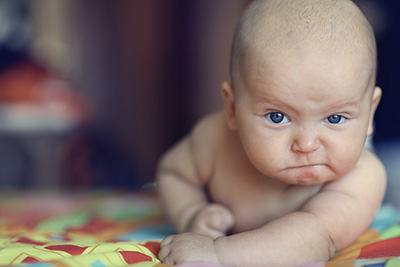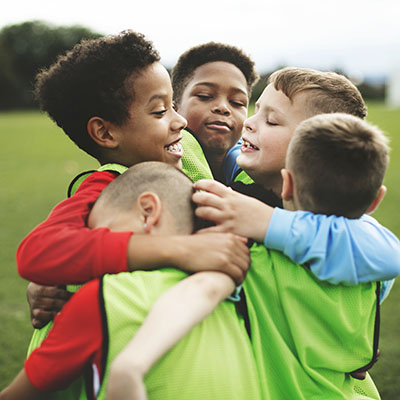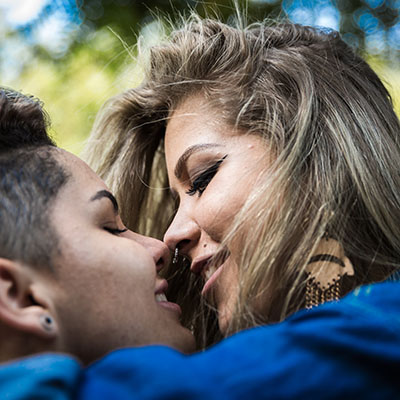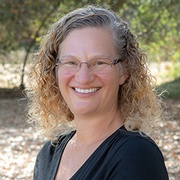How Does Learning Fit Into #MeToo?
By Ahna Suleiman, DrPH | May 29, 2019
AYSRH, Developmental Science & Youth Engagement Consultant
Consent is complicated. And learning about consent is even more so. Thinking back over conversations and experiences I’ve had the last six months, I am struck by how truly complicated it is.
Recently, a friend of mine’s six-year-old son was asked by a same-age classmate to show her his penis on the playground. A 16-year-old I know was reflecting on the fact that she was interested in kissing different partners, but really had no interest in a committed relationship. She was being accused of being a tease. My own 11-year-old daughter recently returned from a slumber party where the hostess, also 11, suggested that all of the girls sleep in the nude rather than in their pajamas.
All of these experiences provide critical opportunities for learning about consent. They create moments for decision-making and values clarification. They offer experience-driven learning based on the choices made and the responses from peers and adults.
Educators Are Looking at #MeToo
These types of situations also raise complex questions for sexuality educators. They are grappling with how to talk effectively about consent, sexuality and pleasure across the range of their students’ nuanced experiences, within the context of the #MeToo movement.
As momentum has built around #MeToo, I have been inspired by the outpouring of stories women have shared about their experiences throughout their lives. I am moved by the ways in which women are transforming feelings of shame, guilt and violation into rage and power. I have reflected on my own experience. I have thought about when I gave my power away, when I may have been pushed beyond my boundaries, and how these encounters have shaped me.
I am thrilled to see the renewed commitment to thoughtfully address consent in the context of sexuality education and sexual and reproductive health services. I am emboldened and inspired by the thoughtful and creative attempts to explain consent to people of all ages.
Consent and Learning
But…I have some concerns, too. I want to be crystal clear—I do not believe that any person at any time should receive unwanted sexual attention or be pressured or forced into unwanted sexual behavior. Sexual harassment, unwanted sexual attention, sexual assault and rape are absolutely unacceptable.
Lately, however, I have spent a great deal of time thinking about exactly what consent is and the best way to teach children and youth about it. Clearly, this extends far beyond sexuality. It is a fundamental part of self-preservation and dignity. Like most things taught in sex education, if the first time a young person is learning about consent is in ninth, or seventh, or even fifth grade, it is much too late a start.
By that time, a young person has been exposed to a myriad of interpersonal interactions that convey a deep understanding of consent. For example, they have learned whether their personal agency, rights and boundaries will be respected by people around them who have more strength and power than they do. They have also chosen their own roles with people who have less power than they do.
 The first time an infant shies away from the arms of a stranger and is put there anyway, they have learned a lesson about consent. Every time a child says NO to a peer who teases with unwanted touch, learning is taking place. Potty training and eating emerge as clear battlegrounds as small individuals exercise their free-will and explore and test boundaries of body autonomy. This is an ongoing process—we learn about consent throughout our lives.
The first time an infant shies away from the arms of a stranger and is put there anyway, they have learned a lesson about consent. Every time a child says NO to a peer who teases with unwanted touch, learning is taking place. Potty training and eating emerge as clear battlegrounds as small individuals exercise their free-will and explore and test boundaries of body autonomy. This is an ongoing process—we learn about consent throughout our lives.
Where Does Learning from Experience Come In?
There is an immense amount society can learn from #MeToo. At the same time, a question has emerged for me: how will we preserve space for learning within #MeToo? How do we hold true to the fact that much of learning about sexuality comes from experience? Because, honestly, this is one of the things which makes consent complicated.
 Take for example the six-year-old whose classmate asked to see his penis. In that moment, did he have enough information, experience and insight about the potential consequences to consent? Did he have the social, emotional and cognitive maturity to make an informed decision? In this particular instance, the boy chose to decline the invitation. His primary rationale was that one of his friends had complied with this girl’s request the week before and she had gone on to tell the whole class about it. My friend’s son didn’t want that consequence. He had learned from someone else’s experience.
Take for example the six-year-old whose classmate asked to see his penis. In that moment, did he have enough information, experience and insight about the potential consequences to consent? Did he have the social, emotional and cognitive maturity to make an informed decision? In this particular instance, the boy chose to decline the invitation. His primary rationale was that one of his friends had complied with this girl’s request the week before and she had gone on to tell the whole class about it. My friend’s son didn’t want that consequence. He had learned from someone else’s experience.
But what if he had been the first one in the class to receive her request? How would he have gained the insight to make the choice that worked best for him?
The situation feels similar for my sixteen-year-old friend who wants to kiss partners without commitment. She is learning so much from these experiences! She is learning that with the right person, a kiss is wonderful. With the wrong person, it can really be nothing—a flatlined connection of two bodies. And sometimes, it is even worse—their breath is toxic, it’s hard not to gag, and the kiss becomes disgusting.
Experiential Learning Creates Pathways in the Brain
No curriculum and no type of education can “teach” who is the right or wrong person to kiss. Personal preference and attraction are highly individual. Sometimes the only way to learn this is by kissing the right person, and then kissing the wrong person, and feeling the difference. The feedback from the physical experience creates learning pathways in the brain. That feedback helps a young person determine what feels good and right and who they want to share that experience with in the future. It provides a critical lesson about what someone may want to consent to and what they may want to refuse.
 So, we see that a range of reactions can come with kissing the wrong person, including disgust and regret. But these reactions do not, in and of themselves, signify a violation of consent. They are not necessarily an element of a violent attack. In fact, these negative emotions are an important part of a feedback loop that informs learning and shapes future behavior. They may lead to a better understanding of what attraction really means and what positive sexuality actually feels like.
So, we see that a range of reactions can come with kissing the wrong person, including disgust and regret. But these reactions do not, in and of themselves, signify a violation of consent. They are not necessarily an element of a violent attack. In fact, these negative emotions are an important part of a feedback loop that informs learning and shapes future behavior. They may lead to a better understanding of what attraction really means and what positive sexuality actually feels like.
I worry at times that this critical learning may be lost in the face of the #MeToo movement. In no way do I align with the concerns that #MeToo is creating a hostile environment for young men, but I do worry that it may create a challenging environment for learning from experience.
Helping Youth Understand the Nuances
Will our efforts to educate young people about consent be precise enough to help them understand the difference between a negative response to an encounter and an experience of violation? Will it be particular enough to help them distinguish between regret and abuse? How can we help young people embrace developmentally appropriate learning about relationships (e.g., I feel excited when one person touches my hand, but creeped out when another person does so; I am curious about trying something out but I don’t know if I will like it; what is the difference between loving a friend and being sexually attracted to someone?), while also building their skills in affirming their own and others’ agency?
As sexuality educators, we must rise to the challenge of helping young people understand these nuances about consent. That means helping them recognize the distinction between an unpleasant learning experience and harassment or assault.
Normal sexual development is already clouded by convoluted and complex cultural beliefs and customs. As we learn from #MeToo, I hope we can be mindful about preserving the opportunities for learning within #MeToo as well.
A Resource from the Kirby Summit
Ahna Suleiman is one of the original participants in ETR's invitational Kirby Summit, and was one of the ETR partners who first suggested this convening. Her post is part of a series addressing the ways parents, teachers and other adults can support adolescents in developing healthy relationships—a process called “scaffolding.” Learn more about scaffolding here. Watch for additional resources in future posts on our blog.
Ahna Suleiman, DrPH, has worked broadly in youth development and sexual health. She currently focuses on the translation of developmental science into policies and practices to support adolescent health trajectories. You can reach her at ahna.suleiman@gmail.com.





